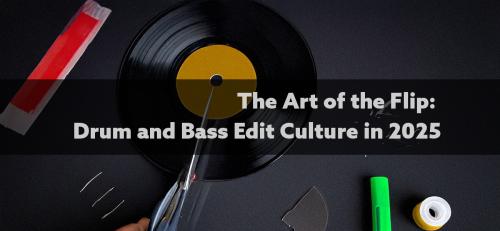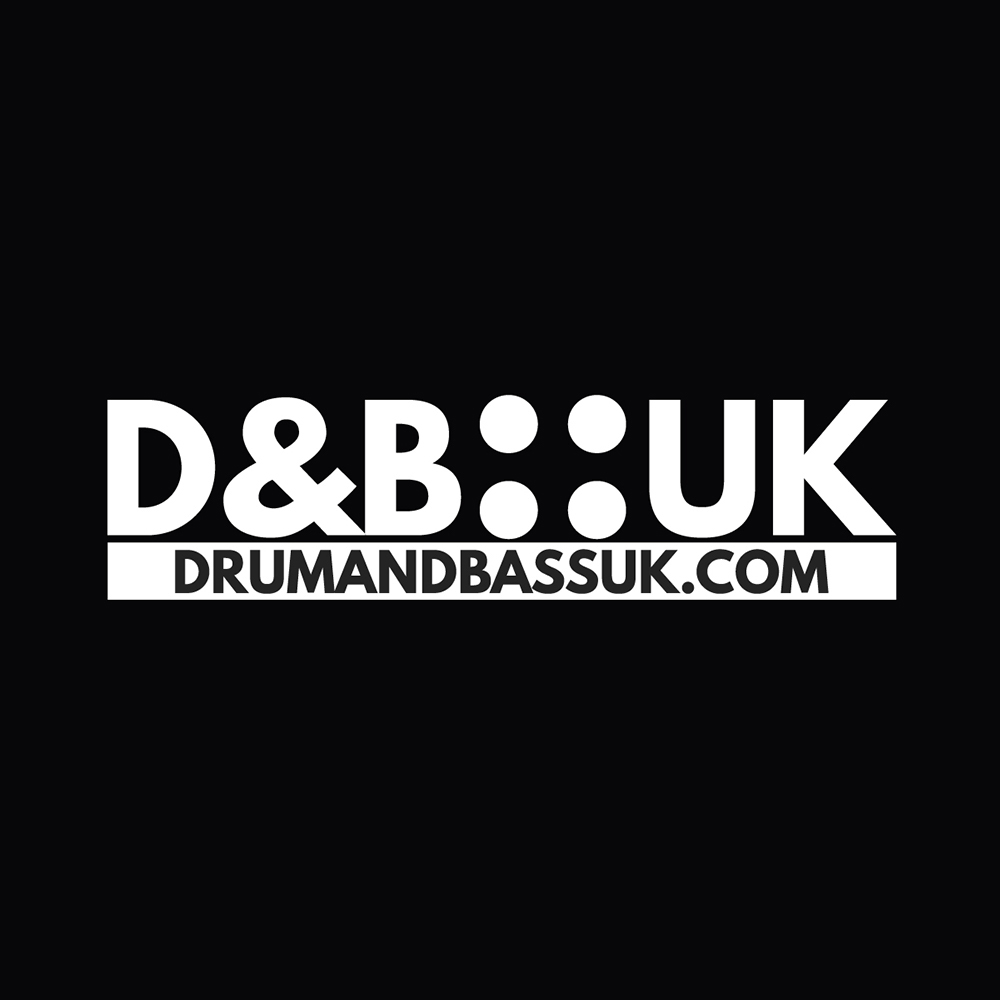
How Producers Are Using Hardware Again in Drum and Bass
In an era where laptops and plugins can simulate almost any sound imaginable, it might seem counterintuitive that more drum and bass producers are turning back to physical gear. Yet across studios from Bristol to Berlin, the warm glow of analogue synths, the gritty crunch of vintage samplers and the unpredictability of outboard FX are finding their way back into the mix.
This isn’t just nostalgia. It’s a creative rebellion—one rooted in feel, risk and character.
The Legacy of Hardware in DnB
The earliest jungle and drum and bass tracks were born from hardware. Akai samplers like the S950 and MPC60, coupled with Roland synths and EMU units, shaped the raw, choppy textures of the genre in the 1990s. Pioneers like Source Direct, Photek, Goldie and Loxy built entire sonic worlds from limited gear, often pushing machines to their extremes.
These setups were never pristine. They hissed, clipped and distorted, but they moved air in a way that software struggled to replicate. Those imperfections gave early jungle its edge, and that same sense of chaos is exactly what many modern producers are now trying to recapture.
Why Go Analogue in 2025?
1. Unrepeatable Results
Hardware introduces an element of chance. Whether it’s filter drift on a vintage synth or the aliasing artefacts of a low-bit sampler, the output is often unique to the moment. Producers like Seba, Bop, and Om Unit have long championed this ethos, favouring live resampling and performance-based sequencing over static, mouse-driven workflows.
2. Hands-On Workflow
Twisting a knob feels different to dragging a mouse. That physicality encourages spontaneity. Many artists say they write faster and more instinctively when using gear. Devices like the Elektron Digitakt, Korg Electribe or MPC Live II are becoming modern classics, used not just for beats but full arrangements.
3. Sound Character
Even with today’s advanced plugins, there’s something about analogue circuitry that plugins still struggle to emulate fully. Saturation, nonlinear phase shifts and subtle harmonics all add depth. This is especially true for drum and bass where drums, basslines and atmospheres need to cut through a dense mix without sounding sterile.
What Gear Are DnB Artists Using Now?
Samplers
-
Akai MPC One / Live II: Popular with modern beatmakers who want standalone power
-
Elektron Octatrack: Known for its deep resampling and mangling capabilities
-
SP-404 MKII: A favourite for lo-fi textures and live FX chains
Synths
-
Moog Subharmonicon / Matriarch: Often used for basses and evolving pads
-
Korg Minilogue XD: Versatile analogue synth with built-in FX
-
ASM Hydrasynth: A digital powerhouse that bridges software flexibility with tactile control
Outboard FX
-
Roland Space Echo (RE-201) or modern equivalents
-
Eventide H9: Studio staple for spatial and pitch modulation
-
Analog Heat by Elektron: Adds warmth, grit and saturation
Hybrid Workflows: The Best of Both Worlds
Most producers aren’t abandoning software entirely. Instead, they’re building hybrid setups that combine DAW precision with hardware unpredictability.
For instance, drums might be sequenced and layered in Ableton Live, while basslines are recorded from a Moog or processed through a hardware distortion chain. Resampling is often key: once a loop is crafted, it’s recorded back into the computer for arrangement and fine-tuning.
Tools like Overbridge (Elektron) and Expert Sleepers enable tight integration between the analogue and digital domains, keeping timing locked while preserving the character of outboard gear.
Who’s Leading the Hardware Charge?
Several artists and labels are quietly championing the hardware revival in drum and bass:
-
Blocks & Escher: Known for deep, hardware-rich productions with cinematic weight
-
Overlook: Uses old samplers and tape gear to push his sound into raw territory
-
Gremlinz and Jesta: Their ambient and gritty production style often features analogue processing and field recordings
-
Loxy: A vocal advocate for hardware’s role in maintaining sonic individuality
-
dBridge: Frequently speaks on the value of analogue gear in retaining a “feel” that software can iron out
Limitations That Inspire
Hardware comes with constraints: limited memory, non-linear interfaces, and slow save times. But many artists embrace these boundaries.
Working within limits often sparks creativity. The need to commit early, bouncing down a loop, recording a take live, stands in contrast to the endless tweakability of modern DAWs. It forces decisions. It breeds confidence.
As dBridge once put it, limitations can “help you discover your voice”.
A Sound That Breathes
Drum and bass has always evolved through technology. But the growing return to hardware shows a scene that values soul as much as speed. This shift isn’t about shunning progress; it’s about balancing the grid with the human touch.
Whether it’s the squelch of a self-oscillating filter or the swing of a sequencer out of sync, hardware reminds producers that imperfection is powerful. In a genre defined by precision, sometimes what’s missing from the grid is exactly what gives it life.


























Comments
0